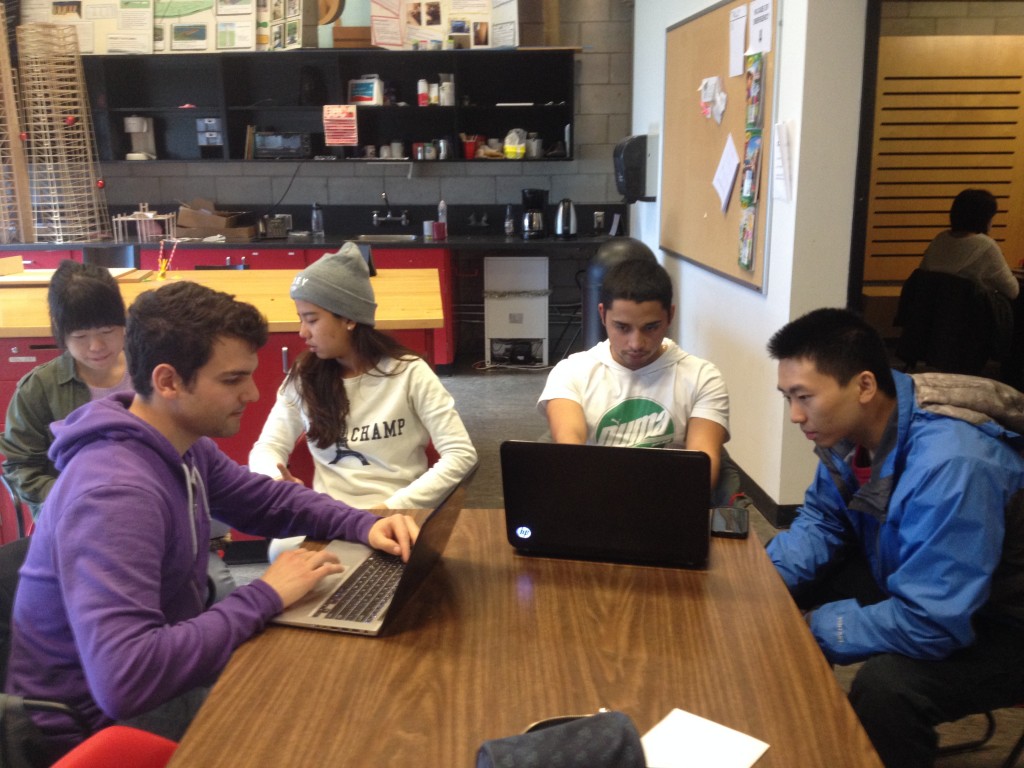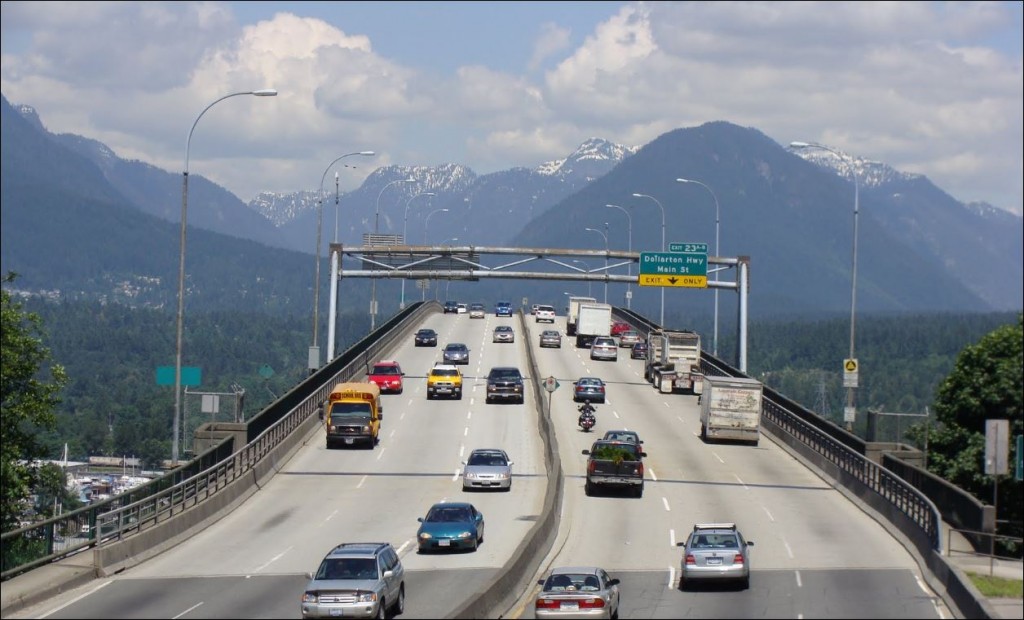Out of the two groups working on this project, we made efforts to split the workload equally within all members. A total of 50 injects (written and pictures) are required for the client therefore each group was given the task of producing around 25 to 30 injects. There are two main tasks for this project, creating the injects and delivering them to the client.
Preparing Injects
- Completed by: each group member
- Resources required: Software – Photoshop (free trial version available), Word
- Time required: 30 minutes per inject = 3 hours per group member
- Timeline: March 10 – 20
Both teams met and brainstormed a list of 50 sites for simulated earthquake damage. Once completed, this list was divided in half, 25 sites for one group and 25 for the other. Then, the sites were divided evenly among group members. Each group member was made responsible to some photo and some written injects for a total of 5 or 6 injects each.
The group member responsible for an inject must research the site, compile a photo if required (from Google Street View), perform the Photoshop work or create the written damage description, then upload the completed inject to a shared Google Docs folder.
For resources, this task requires software and time. Word and Photoshop are the primary tools. All group members already have Word installed, and a free trial version of Photoshop is available, so there are no financial costs. Each inject is estimated to take 30 minutes for a total of 3 hours per group member.
This task does not present any significant risks to group members, nor are there safety issues. However injects must be kept confidential since their public perception could raise alarm and potentially negatively impact any private businesses depicted, or could be perceived as a threat.
Presenting Injects to NSEMO
- Completed by: each group member
- Resources required: Software – Prezi or PowerPoint
- Time required: 5 hours preparation and 3 hours delivery
- Timeline: March 24 – 28
NSEMO has requested we deliver a presentation to them with our injects. We will be compiling this presentation as a group, and all team members will participate equally. We are waiting to hear from NSEMO on the presentation date, and we will be delegating two team members to deliver the presentation. We will be creating and delivering this presentation in conjunction with the other group.
We are currently discussing which presentation software to use, considering Prezi and PowerPoint. These applications are already installed on each team member’s computer, so there is no financial cost. We expect to spend 5 hours as a group preparing the presentation and 3 hours delivering it to NSEMO, including travel time.
There are no significant risk issues with this task, however it is crucial for us to remain professional when interacting with our client at NSEMO, which means the presentation must be of excellent quality.
Indicators of Success
The number one indication of success is overall client satisfaction. Operation Windshield, the emergency response drill that will use our injects, will take place later this year in June. After receiving positive feedback from the event, we can consider the project successful. In the interim, our client’s evaluation of our work is our guiding feedback. We have been communicating frequently with NSEMO to ensure we are on track.



